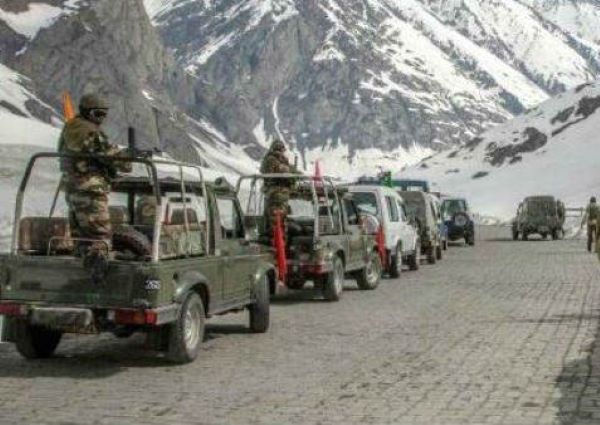
R Krishna Das
Displaying what many defence experts had been expecting, China had been cynical about the outcome of the on-going dialogues with India over resolving the border issues.
The Chinese and Indian frontline troops at the southern and northern bank of the Pangong Tso Lake in Ladakh synchronised and organised disengagement from 10 February. The move was in accordance with the consensus reached by both sides at the 9th round of China-India corps commander-level meeting that started after the border clash in June, 2020.
Nearly nine months after India and China got embroiled in their worst border tensions since the 1962 war, both sides began a phased disengagement from the southern and northern banks of the Pangong Tso in Ladakh Wednesday. But many defence experts had warned that China cannot be trusted given the past experience? “Cautious Optimism” was what most of the defence experts have opined.
Nearly two months after the last round of corps commander-level talks, the Chinese and Indian militaries held the 11th round of the meeting on Friday. China’s state-owned newspaper carried the report that hinted its possible move to disturb the disengagement process.
“This is unlike the previous rounds of meetings, Chinese experts pointed out on Sunday, noting that no joint statements were issued, and the statement from China was issued by the PLA Western Theater Command instead of the Chinese Ministry of National Defense, which are signs that solving the remaining issues will be challenging for both sides,” the newspaper reported.
The 10th round of corps commander-level meetings was held on February 20, as the two sides positively assessed the disengagement process of frontline troops in the Pangong Tso region, which started on February 10. It was said that solving other issues was to be the focus in future meetings.
Compared with previous rounds of meetings, the 11th round has two new changes, observers said. The previous issuer of Chinese statements was the Chinese Defense Ministry, while this time it was the PLA Western Theater Command spokesperson, and from the 6th round of meeting in September 2020, China and India had all released joint statements, but this time no joint statement was released.
“This indicated that the latest meeting did not result in an agreement of a full disengagement in other areas as expected, and the statement showed China’s dissatisfaction and concerns over the slow development of the current situation,” the paper quoted an expert. It also indicated that it could be challenging to solve remaining issues, he said.
Giving new twists to impede the dialogues, Chinese experts had involved the US military that indicated it had planned to create hindrance in the talk that would ultimately affect the disengagement process.
“Chinese and Indian border defense troops have seen confrontations in border regions in spring and summer in recent years, and as the temperature picks up and troops are still not disengaged in other regions, the momentum of de-escalation could be impacted,” they experts said, adding noting that some Indians have a delusion of colluding with the US, particularly with the US military, over the border dispute and playing “smart” despite reaching agreements, and this kind of move could damage the restoration of military trust between China and India.
By creating such perceptions, China has given overt signals that it intends to create dispute and logjam the process.



